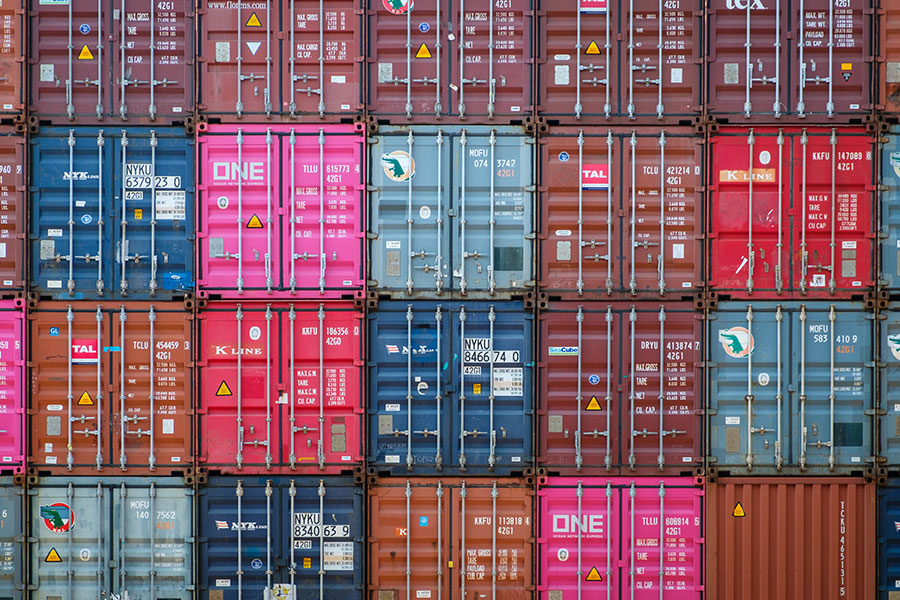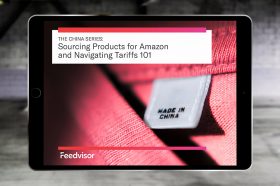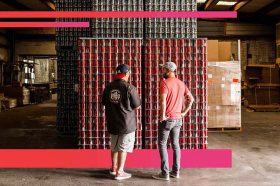Resources - Blog
What Amazon Sellers Can Do About Rising Shipping Costs in China

Stay on top of the latest e-commerce and marketplace trends.
Shipping prices from China have skyrocketed and are projected to increase due to a variety of recent events.
One major factor that has contributed to the higher costs has been the U.S. tariffs on imports from China. While exclusions for many products were put in place at the height of the Covid-19 pandemic, most of the tariff exclusions expired on Dec. 31, 2020, with only a handful of extensions granted for pandemic-related reasons.
According to CNBC, American companies are absorbing more than 90% of additional costs related to the 20% tariff on Chinese goods, which has led some businesses to cut back on which products they import from the country.
Prior to the expiration of tariff exclusions, there have also been crises brewing over inflation fears as well as a shortage of shipping containers. The cost of shipping a 40-foot container from Shanghai to Los Angeles has nearly doubled since June 2020. The rate to ship a container of the same size to Rotterdam, Netherlands, is currently four times higher.
The Covid-19 outbreak created a worldwide shortage of shipping containers and disrupted supply chains due to a rise in commerce and pandemic-related trade restrictions. Approximately 60% of global goods are transported by containers. Furthermore, there are roughly 180 million containers around the world, per United Nations trade data.
Monthly exports from China — which generates 96% of global production — reached a record-breaking 300,000 units in Sept. 2020, according to China Container Industry Association (CCIA). Although China exports a massive quantity of goods, suppliers are finding it increasingly difficult to secure containers.
To profit from the growing demand in transportation vessels, some private Chinese firms are accumulating containers and selling them to the highest bidder. The move is exacerbating the problem for suppliers, as they resort to bidding against each other to gain access to the vessels.
Some vendors in China have expressed that private firms behave like a mafia by charging inflated rates for their containers. Each container can cost 3,000 RMB, approximately $500, which is three times higher than the usual price. Vendors have stated they are losing money while private yards are capitalizing on the shortage.
However, some shipping associations are still unable to lock in freights despite paying extra. Suppliers have reported that sometimes carriers do not book shipping spaces and they are not guaranteed a spot, even when they are paying a generous amount for a container.
In addition to the container shortage and disrupted supply chains, the pandemic has also delayed container turnaround times, congested ports, and led to equipment shortages worldwide. The shortage of freights is anticipated to continue throughout the first half of 2021, per HMM Co.
Quick Tips To Pivot Your 2021 Strategy
- Import Only Best Selling Products: As shipping costs are increasing due to the container shortage, focusing on importing best-selling products will ensure your investment is worthwhile. Using repricing technology in tandem with advertising optimization software can help you identify at the SKU level which items in your inventory are worth promoting.
- Dial Up Imports For Holiday Shopping Events: Holiday shopping events are proven to drastically drive conversions for businesses, especially during Q4. Dialing up imports for upcoming shopping events, such as back-to-school season, Prime Day, and summer promotions, and more will help maximize your sales. Additionally, using big data analysis from an advertising optimization solution can help you identify which products are driving the best results around these key events.
- Use Technology to Optimize Prices: Considering that shipping costs are expected to increase, having a trusted pricing optimization platform in place is critical to ensuring the prices of products that are imported factor in the additional expenses. This way, you can continue to maximize your Amazon business’s profitability while offsetting the higher costs.
- Sell More Products Manufactured in Your Region: Shifting your focus on selling more products that are manufactured in your region will diminish the issue of paying a sky-high price for shipping overseas. Adopting a strategy that leverages more locally manufactured products, at least until freights are widely available, will ease the strain on your cash flow.
Final Thoughts
Issues with tariffs, inflation fears, and the global shipping container shortage are projected to continue in 2021, which will impact many businesses’ strategies as we head into the second half of the year. As rising costs, supply chain problems, and more are likely to affect brands and sellers on Amazon post-pandemic, make sure you follow these tips to pivot your 2021 strategy and overcome the current logistical bottlenecks.
Learn what Feedvisor can do for your business.
When you partner with Feedvisor, you automatically receive access to our true, AI-driven technology and hands-on team of e-commerce experts. Contact one of our team members today to learn more about our end-to-end solution for brands and large sellers on Amazon, Walmart, and e-marketplaces.




